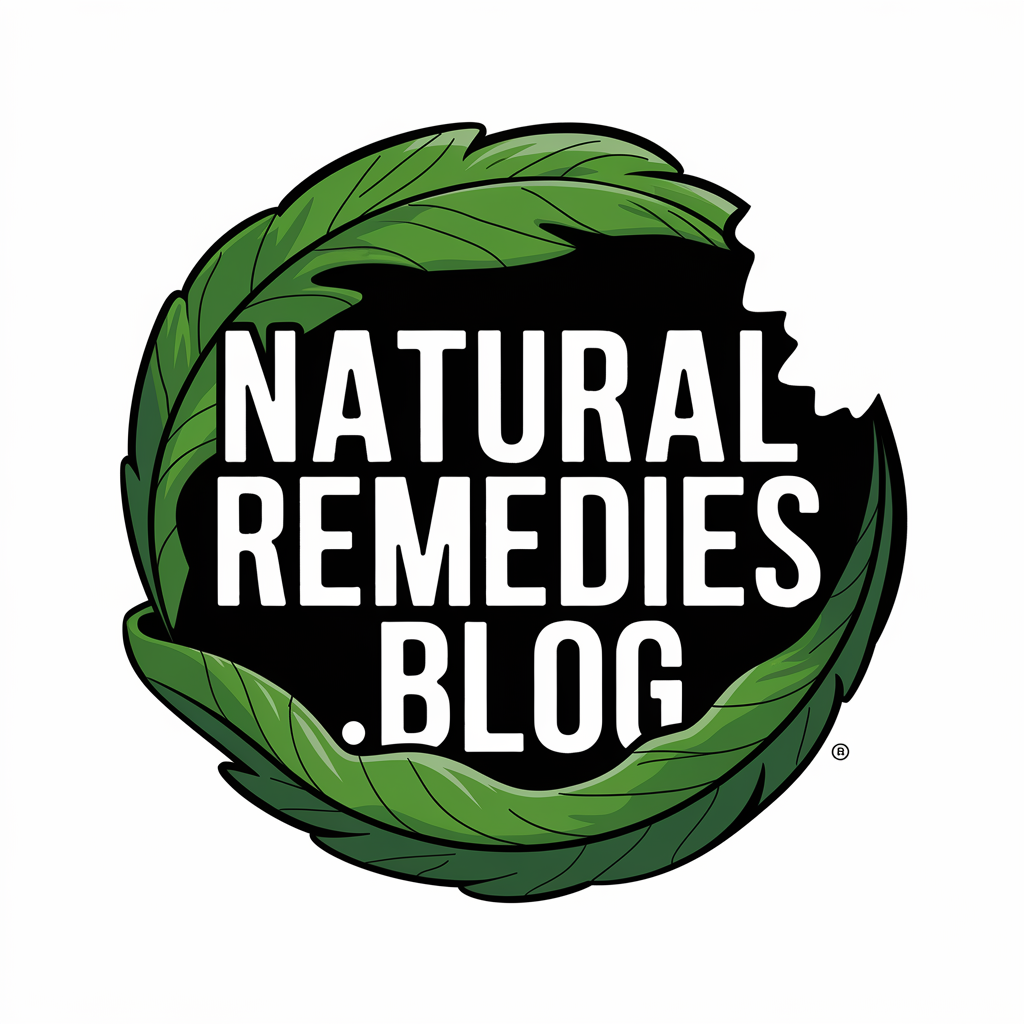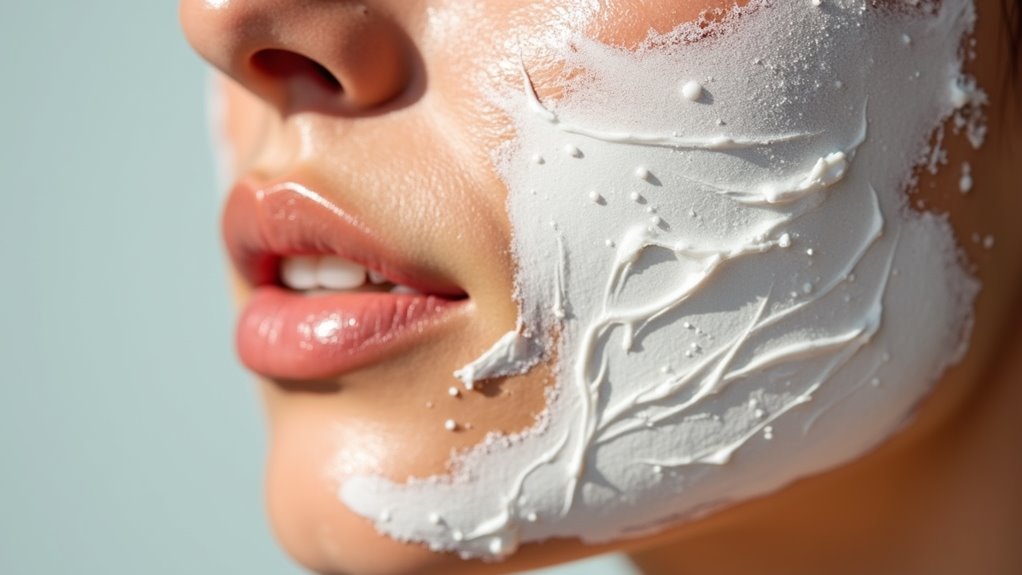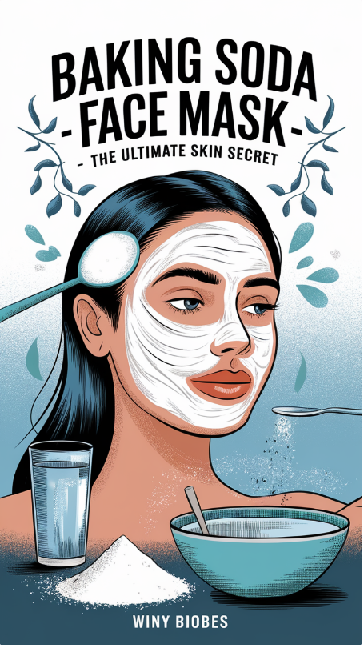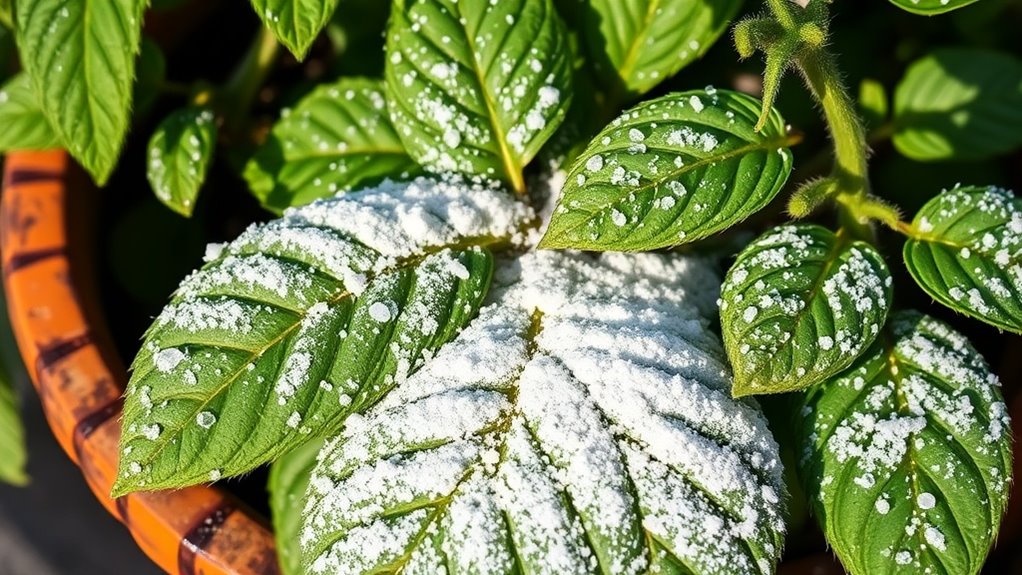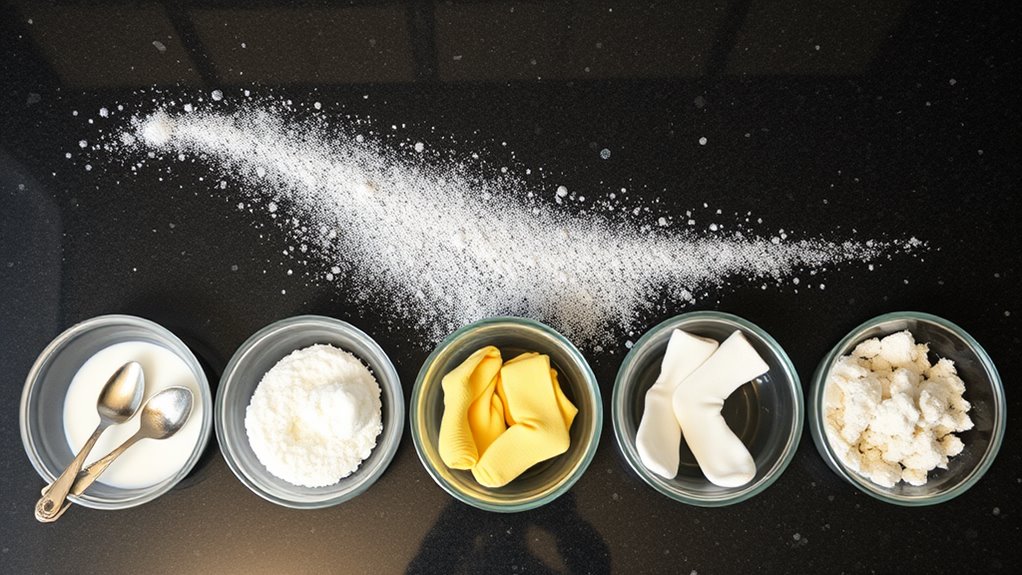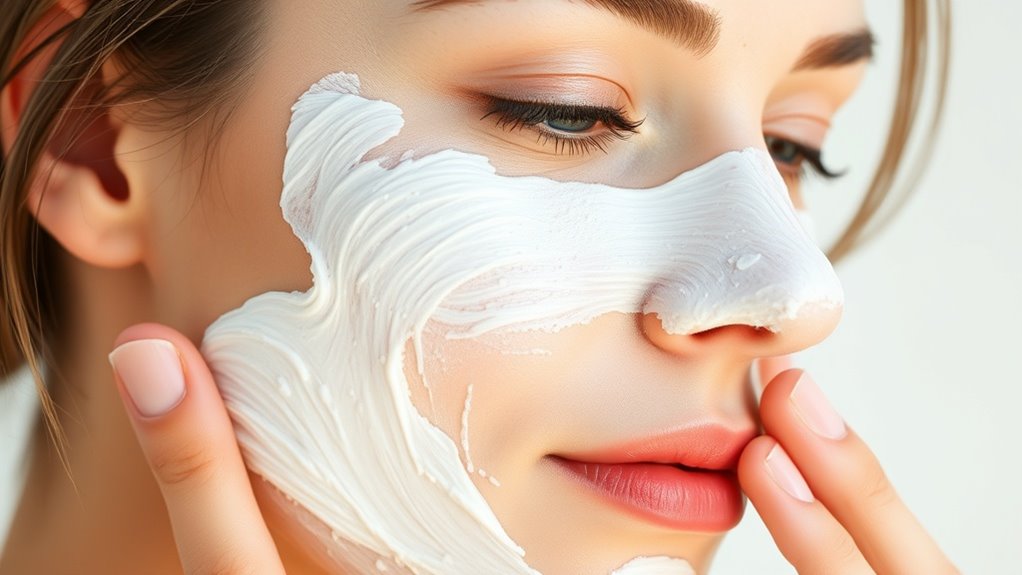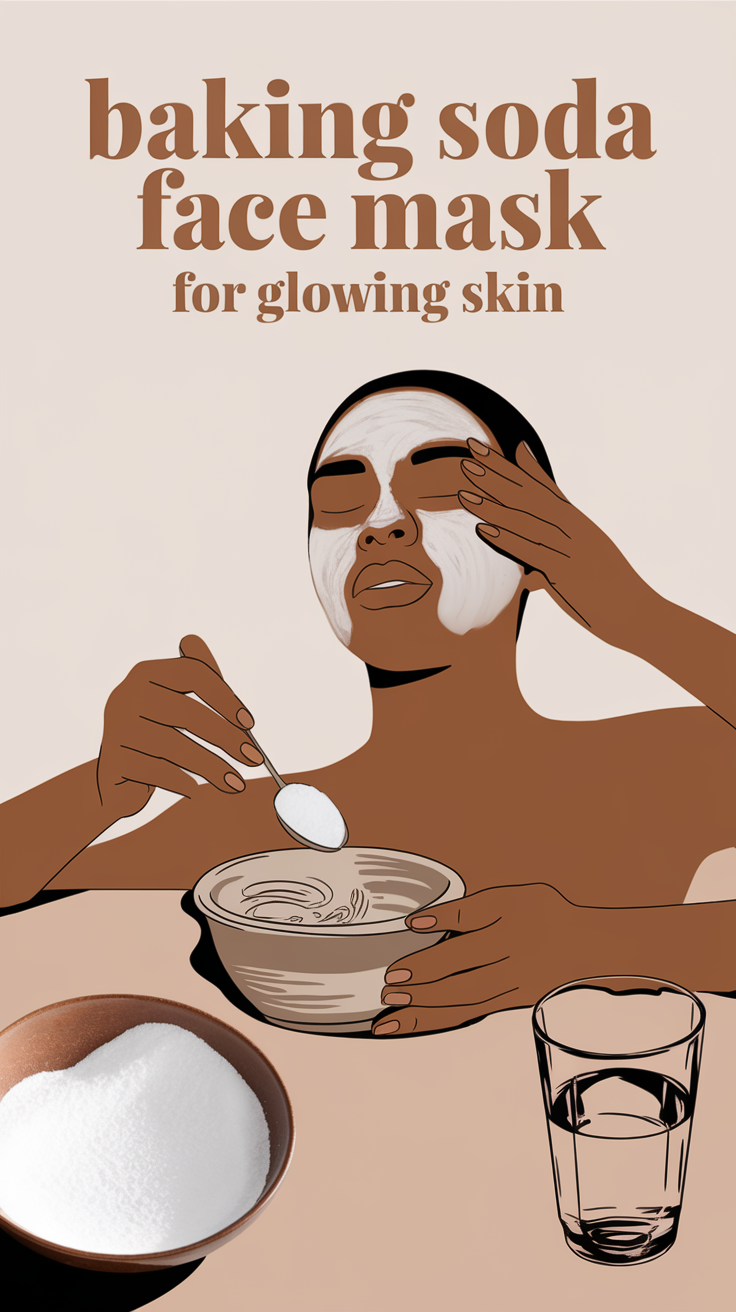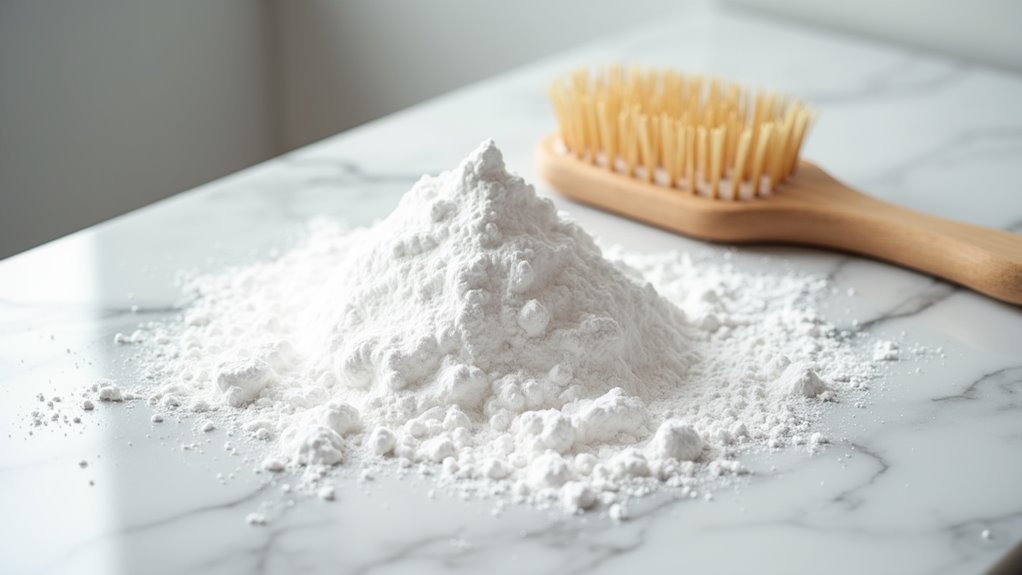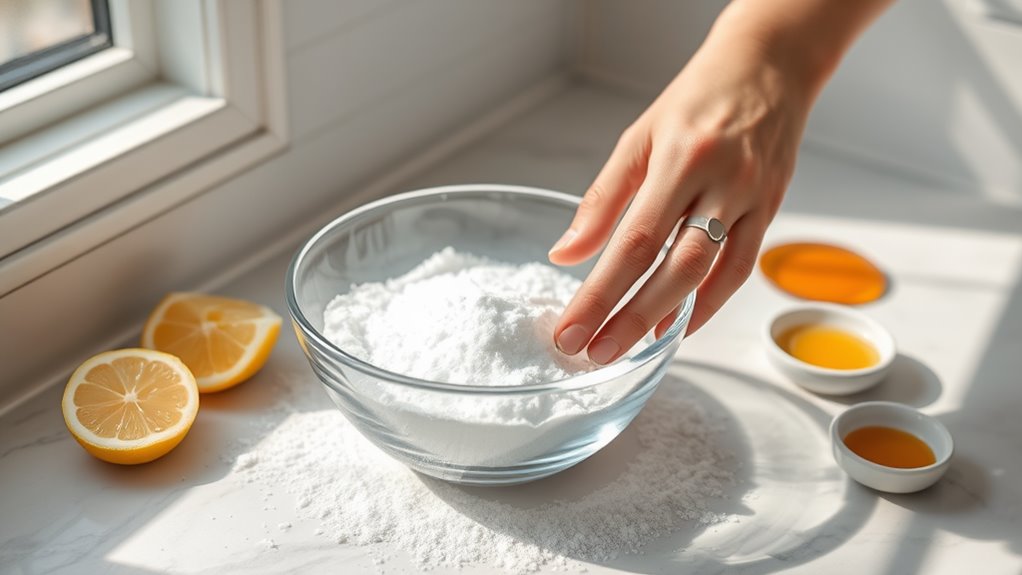Baking Soda Face Mask- The Ultimate Skin Secret
You’ve probably noticed baking soda sitting quietly in your kitchen cabinet, but this humble powder can transform your skincare routine. While it’s known for making bread rise and absorbing odors, baking soda’s gentle yet effective properties make it a powerful ally for your complexion. From tackling stubborn acne to brightening dull skin, this pantry staple holds secrets that could revolutionize your beauty regimen – and you won’t believe how simple it is to harness its power.
What Makes Baking Soda a Skincare Powerhouse
Baking soda’s unique chemical properties make it a versatile skincare ingredient that can transform your beauty routine. Its gentle exfoliating action removes dead skin cells while balancing your skin’s pH levels, making it a natural choice for your skincare regimen.
When you create a baking soda face mask, you’re harnessing its natural antibacterial properties that help combat acne-causing bacteria. The fine, crystalline texture works as a mild abrasive that unclogs pores and brightens your complexion without harsh chemicals.
You’ll love how it dissolves excess oil while maintaining your skin’s delicate moisture balance. What’s more, baking soda’s anti-inflammatory properties can help reduce redness and soothe irritated skin. Additionally, its antibacterial and brightening effects can further enhance your skin’s overall radiance.
It’s an affordable, accessible ingredient that you’ll find right in your kitchen cabinet. By incorporating this powerful ingredient into your skincare routine, you’re joining countless others who’ve discovered this time-tested beauty secret.
Simple DIY Baking Soda Face Mask Recipes
These natural face mask recipes combine baking soda with common kitchen ingredients to create effective skincare treatments you can whip up at home.
You’ll love how easy it’s to join the DIY skincare movement with these simple recipes.
Mix 2 tablespoons of baking soda with 1 tablespoon of honey for a gentle exfoliating mask that brightens your complexion.
For oily skin, combine 1 tablespoon of baking soda with enough lemon juice to form a paste.
If you’re dealing with acne, try mixing baking soda with a few drops of tea tree oil and water.
For sensitive skin, blend 1 teaspoon of baking soda with 2 tablespoons of coconut oil.
You can also create a hydrating mask by combining baking soda with mashed avocado.
However, be cautious as baking soda’s alkaline nature can disrupt the skin’s natural pH balance, leading to irritation.
Apply any of these masks to clean skin, leave on for 5-10 minutes, then rinse with lukewarm water.
You’ll join countless others who’ve discovered these affordable, natural skincare solutions.
Step-by-Step Application Guide
Following three essential steps will help you apply your DIY baking soda face mask safely and effectively. Before you begin, gather your freshly mixed mask and a clean, soft towel. Then, wash your face thoroughly with lukewarm water to remove any makeup, dirt, or oils.
-
Using clean fingertips, gently massage the baking soda mixture onto your damp face in small circular motions, avoiding the delicate eye area and lips. Feel the gentle exfoliating action working its magic.
-
Let the mask rest on your skin for 5-10 minutes. You’ll feel a slight tightening sensation as it dries, signaling that it’s working to purify your pores.
-
Rinse your face thoroughly with cool water, making sure to remove all traces of the mask.
-
Pat your skin dry with a clean towel and follow up with your favorite moisturizer to lock in the benefits. Remember that while baking soda can provide natural exfoliating properties, it is important to monitor your skin for any signs of irritation or sensitivity.
Benefits and Results for Different Skin Types
Different skin types respond uniquely to baking soda face masks, with most people experiencing improved texture and a brighter complexion after regular use.
If you have oily skin, you’ll notice reduced shininess and smaller pores after just a few applications. The mask’s gentle exfoliating properties help remove excess sebum and prevent breakouts.
For those with dry skin, you’ll want to limit usage to once a week, as baking soda can be slightly drying. When combined with honey or yogurt, you’ll maintain your skin’s moisture while still benefiting from its cleansing properties.
If you’re dealing with combination skin, you can target specific areas – applying the mask more frequently to oily zones while being gentler on dry patches.
Those with sensitive skin should proceed with caution and do a patch test first. You’ll likely achieve the best results by using a more diluted mixture and shorter application times. Baking soda’s antibacterial properties also help prevent breakouts, making it beneficial for various skin types.
Safety Tips and Precautions to Consider
While baking soda is generally safe for facial use, you’ll need to take several precautions to avoid skin irritation or damage.
Like many in our skincare community, you’ll want to protect your skin while enjoying the benefits of this natural remedy. Always perform a patch test before applying the mask to your entire face, and never leave it on longer than recommended.
-
Mix your baking soda with gentle, skin-friendly ingredients like honey or yogurt – avoid harsh additions that could disturb your skin’s natural pH.
-
Don’t scrub aggressively when applying or removing the mask – use gentle, circular motions as if you’re caressing your skin.
-
Limit your use to once or twice per week, even if you’re seeing positive results.
-
Listen to your skin’s signals – if you experience redness, burning, or itching, rinse immediately and discontinue use.
Remember to follow up with a moisturizer to restore your skin’s protective barrier.
